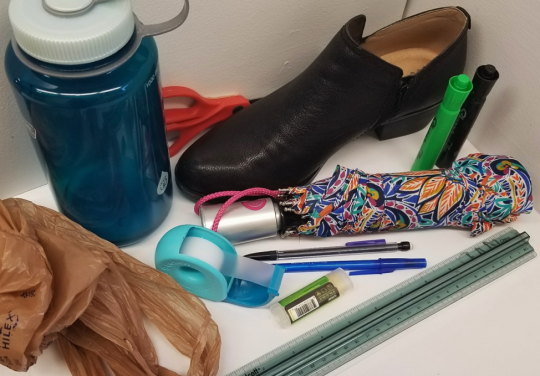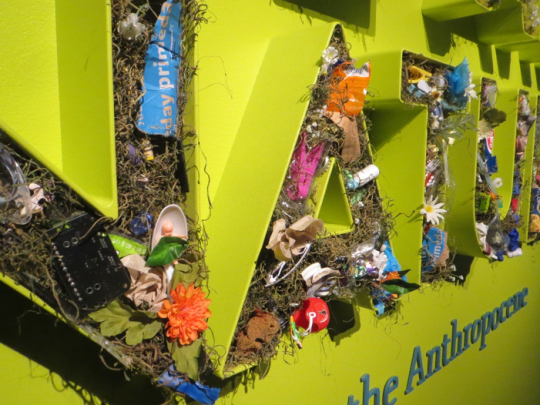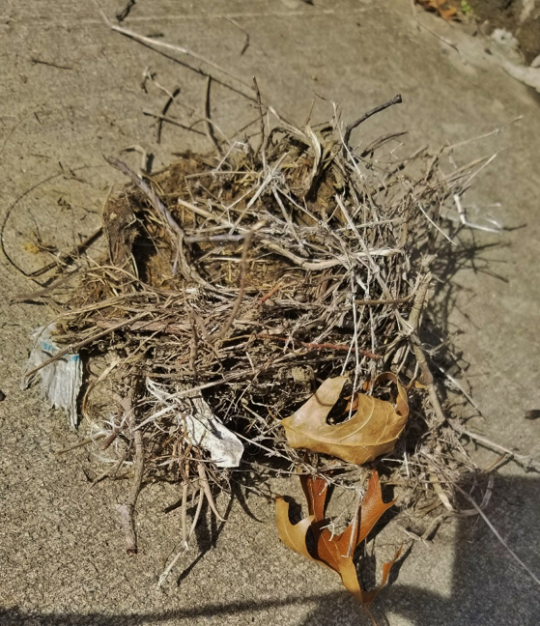By Rachael Carlberg

Nothing seems more man-made than plastic. It surrounds us everywhere, indoors and out. How many of the things around you right now have plastic in them? Do your clothes, electronic devices, furniture, and other everyday objects have plastic parts? All of us can answer “yes” to that. At first thought, the only connection plastic has with nature is that it often mistakenly ends up in nature. So does plastic have any connection to the earth besides the one that humans so frequently create by creating waste?
What many of us don’t realize is that the production of plastic has beginnings in nature. To begin making plastic, companies harvest crude oil, a naturally occurring fossil fuel from the earth. That oil (or sometimes natural gas) is converted through different processes into chemicals that are used to make products we recognize and rely upon.
It may seem unlikely that plastic, which looks and feels like it should have no connection to nature, has its beginnings in natural substances. But, like many other aspects of our lives, it is intertwined with and dependent on nature for its existence.
As an intern in the Education department of Carnegie Museum of Natural History, Rachael Carlberg wrote blog posts related to ideas presented in We Are Nature. Museum employees are encouraged to blog about their unique experiences of working at the museum.



